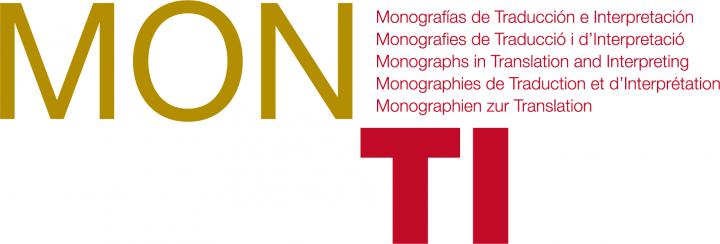Overview Corpus design Corpus contents Corpus text preparation Research avenues User manual

The above Concordance Tree visualisation was produced by first using the text-query option in the concordance browser’s subcorpus selector to capture all the articles from ROAR Magazine that are included in the Genealogies of Knowledge Internet Corpus. Secondly, a search for the keyword community was conducted in the browser. Finally, the visualisation tool was launched by clicking ‘Plugins’, then ‘Concordance Tree’, then ‘Grow Tree ->’.
The screenshot above only shows the central part of the right-side variant of the tree, which in this case foregrounds several instances of postmodification (either through prepositional addition or through the introduction of a relative clause). Although restricted in scope, this limited view serves as a useful entry point for examining the patterning of ‘community’ in ROAR Magazine, a publication situated on the radical left on the political spectrum.
‘Community of’, for instance, can be seen to be followed not only by human agents (‘citizens’, ‘people’), but also legal attributes (‘rights’) and belief systems (‘nationalism’). The medium responsible for binding members of a certain community together might then be understood as the concrete physical distribution of human bodies, as a transcendental unifying principle, or both. In the case of ‘community of citizens’, for example, what holds this community together is simultaneously derived from a measure of geographical proximity and an appeal to shared rights and responsibilities.
Moreover, in the relative clauses, ‘community’ appears to be used in ways that implicate this keyword in a process of generating and consolidating boundaries. We find that the community ‘which includes’ is also the one ‘that surrounds’. Following the final branch of the tree, which starts with ‘that’, reveals a less conspicuous instance of delineation in the clause ‘community that was ready to defend itself’ (as seen below). Self-defence is generally defined as resistance to or protection from hostile external elements, and in this sense ‘community’ would seem to be characterized here as constitutive of the etymologically opposite mechanism of ‘immunity’.
![]()
In conclusion, these patterns suggest that ROAR Magazine’s contributors perform a tentative balancing act that situates belonging between tangible reality and principled thought. Furthermore, they hint at a conception of community determined by the reciprocity of acts of inclusion and exclusion. The side to which the balance tilts can be further examined by trailing the Concordance Tree’s other branches, or by turning to the relevant concordance lines in search of further specifications.


